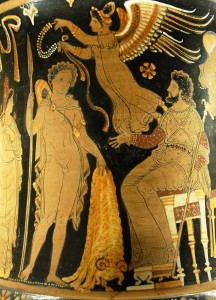 Science papers—the everyday tales of slaying research dragons and finding buried treasures. Not just for stereotyped nerds in white coats, or wild-haired Einstein lookalikes. You can read them too. With the rise in open access publishing, more are available to lay readers outside academia’s ivory towers.
Science papers—the everyday tales of slaying research dragons and finding buried treasures. Not just for stereotyped nerds in white coats, or wild-haired Einstein lookalikes. You can read them too. With the rise in open access publishing, more are available to lay readers outside academia’s ivory towers.
But what are they all about? And why would you want to read one?
Firstly, there are two types of science papers: primary research, where excited doctoral students and their senior advisors showcase their latest research and launch it into the international science world, and reviews, which round up current knowledge and up-to-date thinking in one subject area. Although the reviews give a broad overview of the current state of scientific play, the primary research papers are the ones that generate the excitement with their sensational headlines.
And this is the reason you might want to take a peek at the primary source material itself—is the headline a fair summary of the paper? Is the press release an accurate representation of the research?Read More »Do you accept the quest? – Reading and understanding a science paper
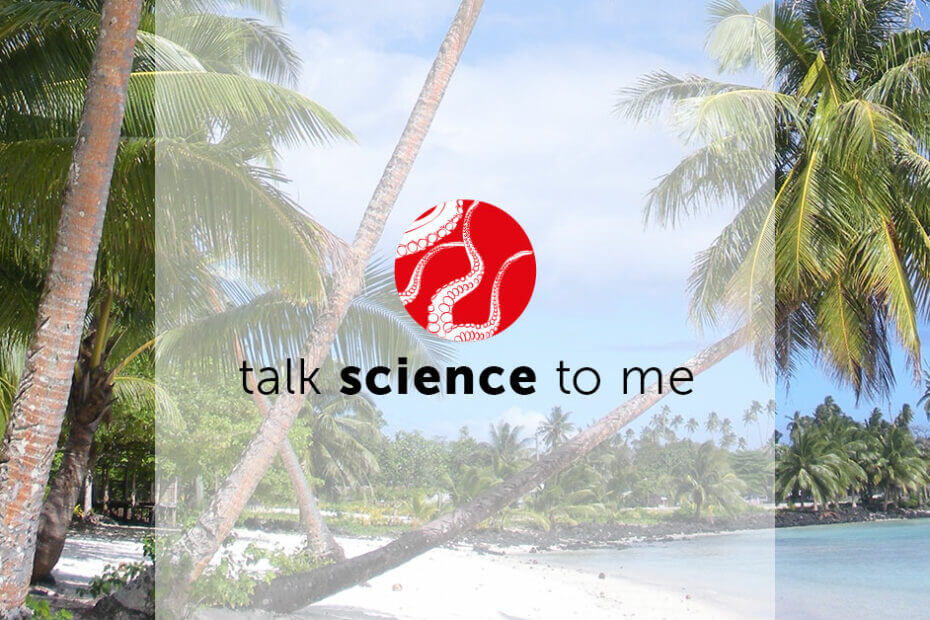
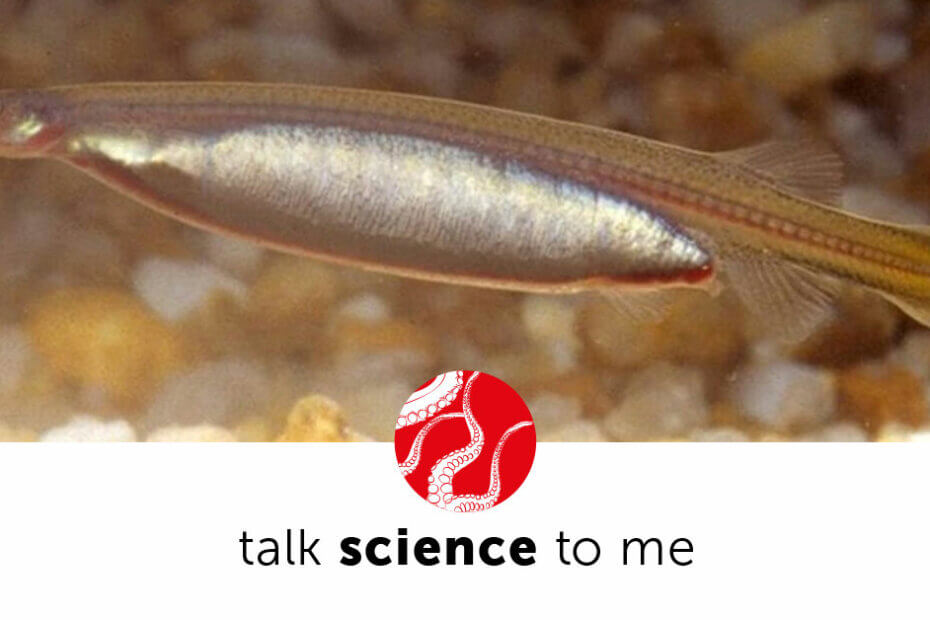



![Halley's Comet: May 29, 1910. By Professor Edward Emerson Barnard at Yerkes Observatory, in Williams Bay, Wisconsin. [Public domain]. https://commons.wikimedia.org/wiki/File%3AHalley's_Comet_-_May_29_1910.jpg](https://www.tstmarchive.talksciencetome.com/wp-content/uploads/2016/05/512px-Halleys_Comet_-_May_29_1910-300x227.jpg)
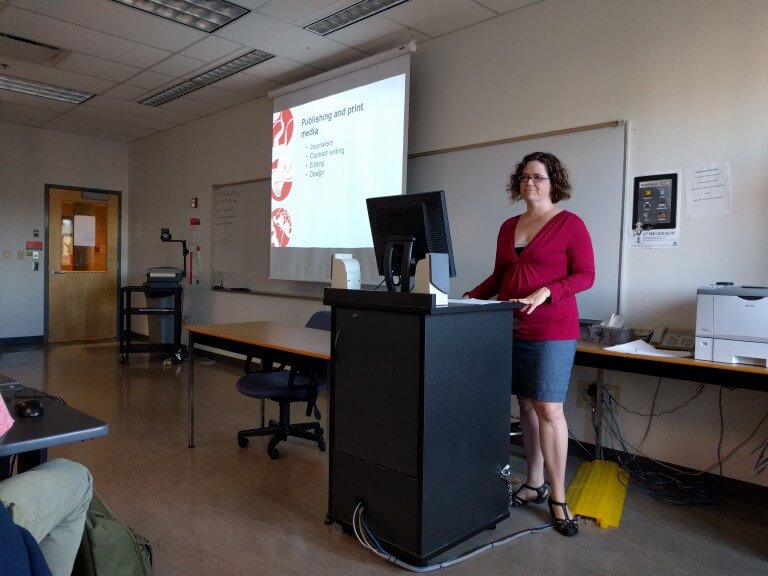
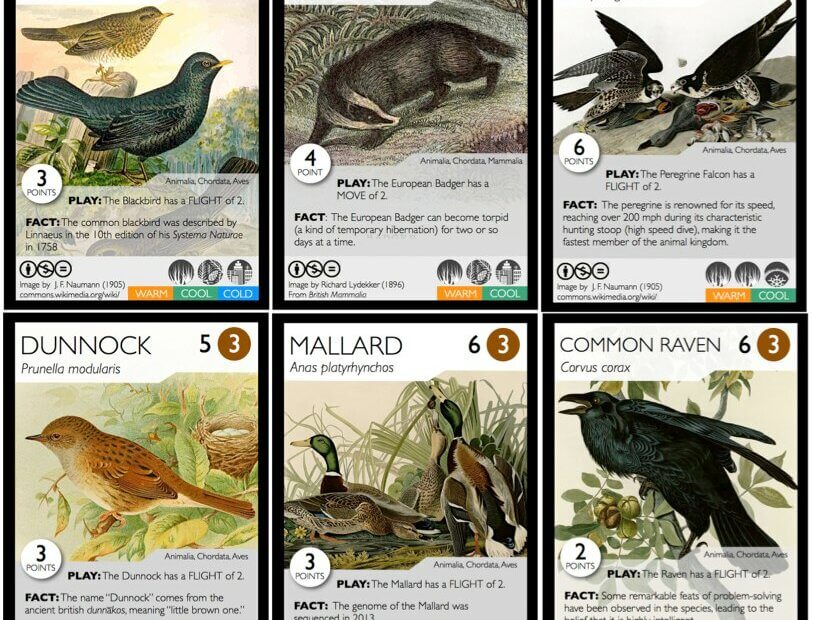
 Science papers—the everyday tales of slaying research dragons and finding buried treasures. Not just for stereotyped nerds in white coats, or wild-haired Einstein lookalikes. You can read them too. With the rise in open access publishing, more are available to lay readers outside academia’s ivory towers.
Science papers—the everyday tales of slaying research dragons and finding buried treasures. Not just for stereotyped nerds in white coats, or wild-haired Einstein lookalikes. You can read them too. With the rise in open access publishing, more are available to lay readers outside academia’s ivory towers.